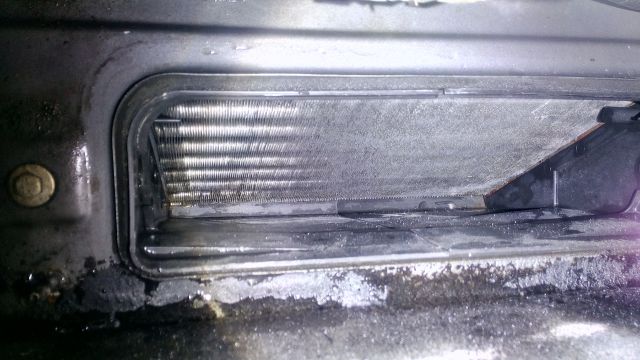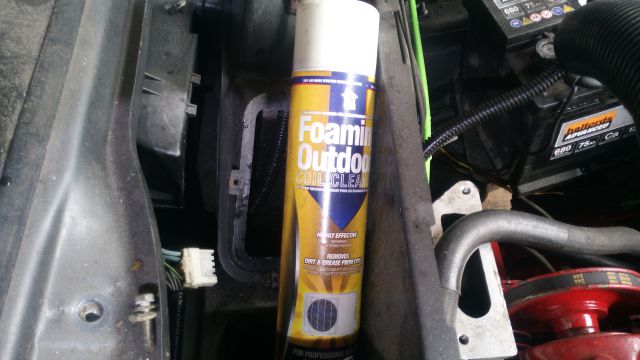disclaimer, air conditioning systems must only be serviced by licensed personnel. strict laws are in force in the UK regarding the use of refrigeration gasses to be evacuated/filled ONLY by a licensed person(s)/company!
that said, you can do whatever work you want on a already completely evacuated system so long as you do not fill the system yourself (unless licensed).
on to the topic in hand,
Capacities:
the Diesel BX takes 800 grams of R12 refrigerant, and 135ml of Suniso 5GS oil.
the petrol 1.9 GTi 16V (with XU9J4 engine) uses 800 grams of R12 refrigerant and 135ml of Suniso 5GS oil.
other petrol BX's take 1000 grams of R12 refrigerant and 135ml of Suniso 5GS oil.
Oil:
the oil used in the Citroen BX air conditioning system only works with R12 refrigerant so it does need to be changed. normally there is a drain port on compressors but sometimes not. the only way to remove the old oil is to remove the compressor and let the oil drain out of the high or low pressure connectors.
PAO 68 is the oil i would replace the original oil with. this PDF (http://www.behrhellaservice.com/behr-he ... BHS_EN.pdf) has some great info on this oil kind. stating that PAO 68 is an oil that can be mixed with the other oils with no ill effect.
(note that *some* oils in AC systems when doing the R12 to R134A conversion can go acidic if old oil of a different kind is left behind! so the whole system has to be flushed. thankfully with our system, using PAO 68 oil with trace amounts of the original oil, we can get away with this!
Seals:
next thing to do is change your O ring seals. now you dont have to do this, but given the fact that these are going to be about 20 years old now, and the fact that the R134A molecule is smaller than the R12 molecule it is a good idea to change these.
theres a few kinds of "rubber" you can use, "Nitrile" is one that is used for refrigeration. the one that has the more longer life is called "Neoprene" which can withstand the oil and refrigerant for many years. another is "perfluoroelastomer" seals. these may be hard to find but again fully survive R134A refrigeration.
Replaceables:
replacing the dryer/accumulator is optional, but highly recommended. if you do not change the dryer/accumulator the whole system should be held under a vacuum for a few days to make sure that everything that can turn into a gas - like water is removed(boiled off and turned into atmosphere that can be vacuumed out again later on before being filled with refrigerant). even water being held in the desiccant inside the Dryer/Accumulator can be sucked out to some extent when held under vacuum for long periods of time. the longer the better. this also allows you to check to see if theres any leaks in the system too - if it cant hold a vacuum, it cant hold refrigerant.
if you do replace the dryer/accumulator, it is recommended that you hold the system under a vacuum for a minimum of 45 minuets. then vacuum again.
Pipes:
all original BX air conditioning piping and evaporator/condenser will be fine with the new refrigerant so long as ware and over charging does not occur.
R12 to R134A conversion ratios:
now because of R134A being a higher pressure gas you only need to use 80-85% of the original R12 charge. (say 80% for safe measure)
say we are going to use the 80% ratio,
with BX's using 800 grams of R12, it would only need 640 grams of R134A charge.
with BX's using 1000 grams of R12, it would only need 800 grams of R134A charge.
Feel free to add to this, this is all info that i have gathered doing my own research (and some experience from working in a garage)
i hope this helps someone in the future.



